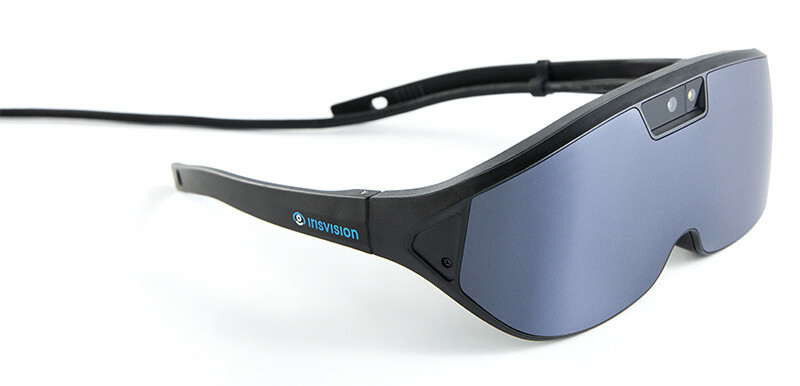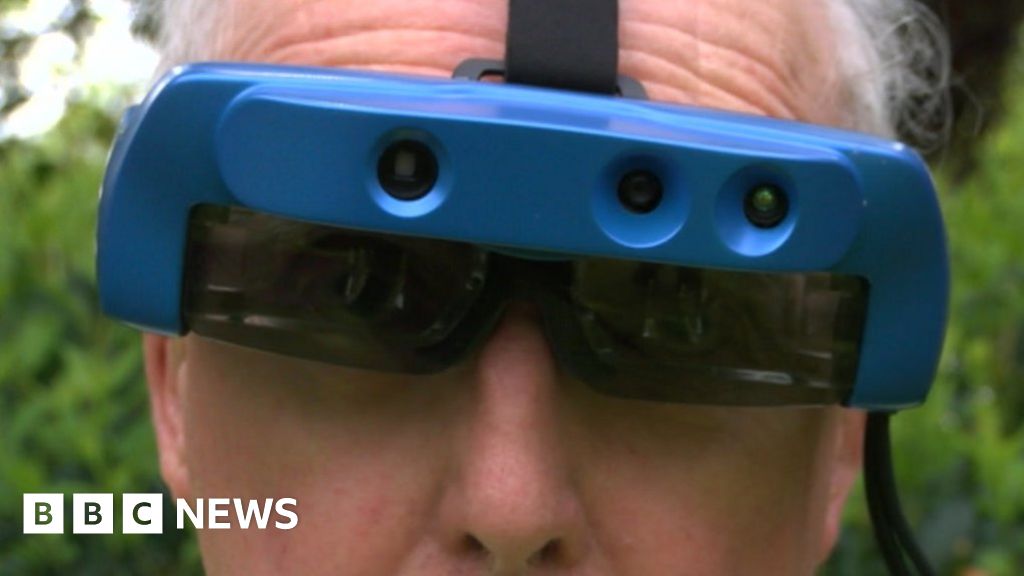The Future of Assistive Technology for the Blind: Empowering Independence
The Future of Assistive Technology for the Blind: Empowering Independence
Blog Article
Empowering Self-reliance With Assistive Technology for the Blind
The combination of assistive innovation for individuals that are blind or visually damaged stands for a considerable advancement in promoting freedom and boosting lifestyle. With an array of gadgets-- from screen readers to innovative responsive tools-- these innovations not only assist in navigation and communication however likewise promote social inclusion and engagement in different aspects of life. As we discover the diverse kinds of assistive tools and their real-world applications, it becomes clear that the influence is extensive. Yet, the advancement of this modern technology elevates essential concerns about ease of access and future growths that require additional evaluation. Assistive technology for the blind.
Comprehending Assistive Technology
Although assistive modern technology has advanced considerably throughout the years, its fundamental function stays the same: to boost the lifestyle for individuals with handicaps, particularly those who are visually damaged or blind. This innovation incorporates a broad series of tools and tools that assist in independence and capability in everyday tasks.
Assistive modern technology can be categorized into low-tech and state-of-the-art options, each made to fulfill details demands. Modern tools typically include software program applications, specialized equipment, and flexible tools that make use of innovative technology to give support in various contexts. Alternatively, low-tech options may entail day-to-day items that are customized to improve access, such as magnifiers or responsive markers.
The assimilation of assistive modern technology into the lives of people who are blind or visually hindered not only promotes autonomy yet likewise cultivates social incorporation and involvement in instructional and professional environments. By leveraging these modern technologies, individuals can navigate their surroundings, access details, and connect efficiently, thereby boosting their general top quality of life. Comprehending assistive technology is critical for supporters, caretakers, and specialists that aim to sustain people in maximizing their potential and attaining higher self-reliance.
Kinds of Assistive Devices
Assistive gadgets for the blind and visually impaired are important devices that enhance daily living by dealing with certain difficulties encountered by individuals. These tools can be generally classified right into three major types: optical gadgets, digital devices, and sensory tools.

Sensory devices, such as Braille displays and responsive maps, provide alternate methods to receive details. Braille shows transform electronic message into Braille, making it possible for users to review through touch. Responsive maps use spatial understanding with increased appearances and lines, permitting far better environmental awareness.
With each other, these assistive devices equip people with visual impairments to engage even more completely with their surroundings, advertising greater independence and self-confidence in everyday activities.

Influence On Every Day Life
The integration of assistive modern technology into the every day lives of individuals that are blind or visually impaired substantially enhances their capability to navigate and interact with the globe around them. Instruments such as screen visitors, Braille displays, and mobile applications assist in access to information, allowing users to engage with digital content, interact properly, and handle everyday jobs independently.
Additionally, innovations like smart glasses and navigating apps give real-time help in strange settings, enhancing mobility and self-confidence. These devices allow customers to determine challenges, checked out indications, and also acknowledge faces, thus cultivating a sense of autonomy in public spaces. Furthermore, home automation systems, which can be managed through voice commands, permit individuals to manage their living environments a lot more effectively, boosting convenience and safety.
The influence of assistive innovation prolongs past sensible jobs; it advertises social inclusion and psychological wellness. By bridging the space in between individuals and their surroundings, these modern technologies equip customers to participate fully in community activities, pursue educational opportunities, and take part in purposeful partnerships. Ultimately, the development of assistive technology contributes in redefining the opportunities for individuals that are blind or aesthetically impaired, resulting in an extra available and inclusive culture.
Success Stories and Testimonies

One more powerful testimony comes from Mark, a recent university grad who used display analysis software program throughout his scholastic trip. This innovation allowed him to accessibility training course products and take part in conversations, ultimately resulting in his effective change right into the labor force. Mark credit scores assistive innovation for equipping him to accomplish his profession goals, why not try this out emphasizing its function in leveling the having fun field for people with aesthetic impairments.
In addition, community centers have reported enhanced participation in their programs many thanks to the intro of obtainable digital systems. These platforms have made it easier for people to link, share sources, and assistance each other. These success tales collectively emphasize the profound effect of assistive technology in promoting freedom, improving high quality of life, and damaging down barriers for the visually impaired and blind neighborhood.
Future Patterns in Assistive Tech
Emerging innovations are poised to revolutionize the landscape of assistive technology for people that are blind or visually impaired. Innovations see this page in expert system (AI) and device learning are boosting the capacities of gadgets, making it possible for more intuitive individual experiences. As an example, AI-driven applications are progressively able to recognize items and check out text out loud in real-time, giving individuals with valuable info about their surroundings.
Furthermore, improvements in wearable technology are developing new possibilities for self-reliance. Smart glasses furnished with enhanced fact attributes can overlay critical info onto the individual's visual field, helping with navigating and interaction with the environment. Moreover, the combination of Web of Things (IoT) devices is enhancing access in clever homes, permitting users to control devices and obtain alerts with voice commands or tactile interfaces.
The growth of braille displays and tactile comments systems is additionally rising, promoting accessibility to electronic material and improving communication. As these technologies remain to progress, they assure to improve everyday living, educational chances, and work potential customers for people with aesthetic problems. Continuous partnership between technologists, individuals, and campaigning for teams will be important in making certain these technologies fulfill the requirements of the area successfully.
Final Thought
In conclusion, assistive modern technology plays an essential function in enhancing the freedom of people that are aesthetically damaged or blind. By supplying necessary tools and sources, these technologies assist in boosted interaction, access, and navigation to details, consequently fostering autonomy and positive self-image. The transformative effect of assistive devices not just promotes efficient interaction with the atmosphere but also motivates social addition and engagement in various elements of life, eventually equipping individuals to flourish within their areas.
The combination of assistive modern technology for individuals that are visually impaired or blind stands for a considerable innovation in fostering independence and enhancing top quality of life.The integration visit this site right here of assistive technology into the lives of individuals that are blind or aesthetically hindered not only promotes freedom yet additionally promotes social inclusion and participation in educational and professional environments. Inevitably, the innovation of assistive technology is crucial in redefining the opportunities for individuals who are blind or aesthetically damaged, leading to a more inclusive and obtainable culture.
Many individuals that are blind or aesthetically damaged have actually shared motivating success stories that highlight the transformative effect of assistive innovation on their lives.In conclusion, assistive technology plays an essential role in boosting the freedom of individuals that are visually damaged or blind.
Report this page